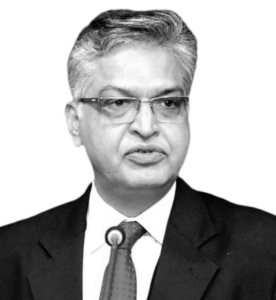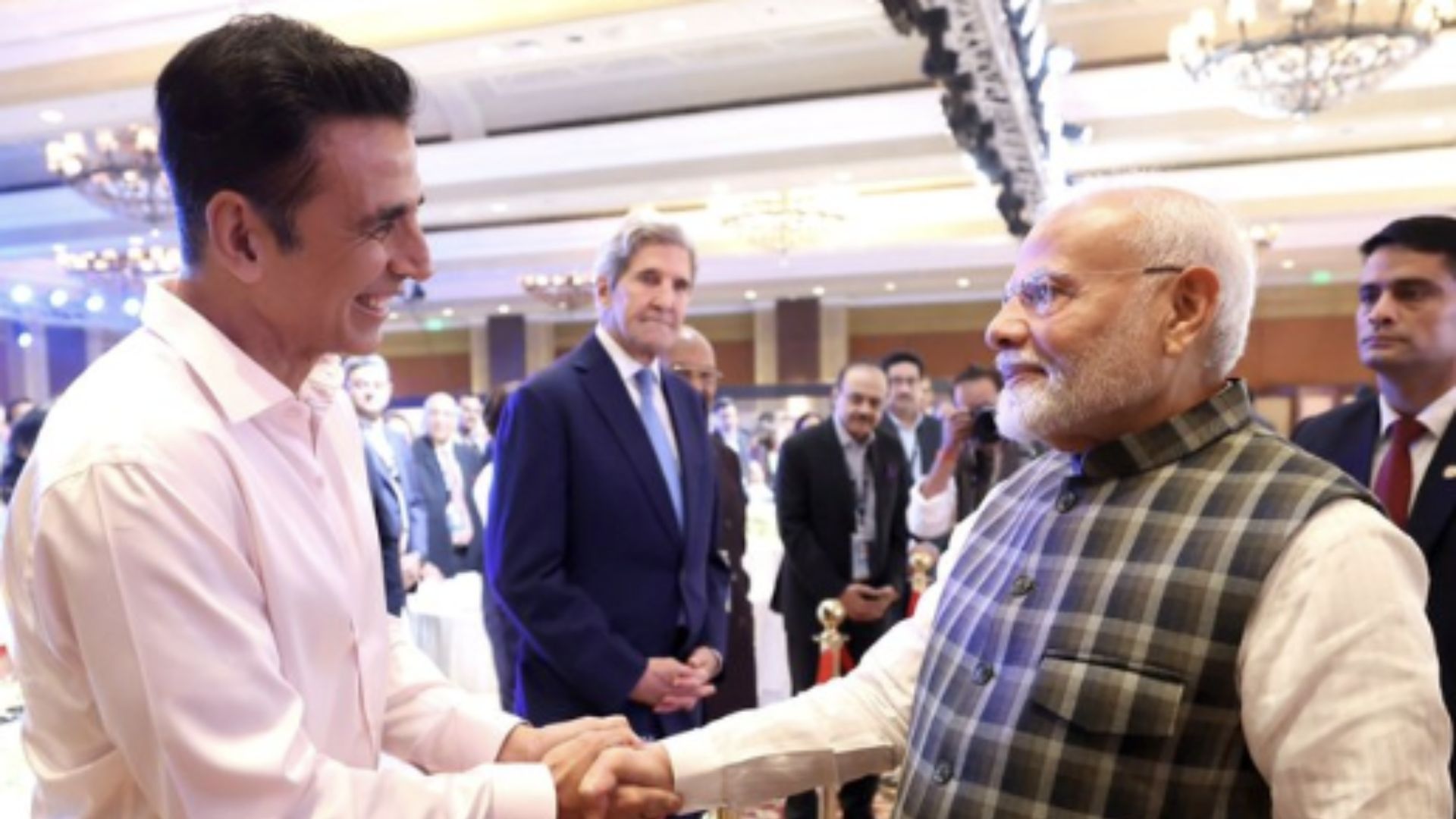
Higher education in India has evolved to become not only the single largest system of higher education found anywhere in the world but also one of the most complex ones. Much of the complexities emanate from many different types of higher educational institutions. These include Institutions of National Importance (INIs), Central Universities (CUs), Public Funded State Universities (PFSUs), Self-Financed Private Universities (SFPUs) and Institutions Deemed to Be Universities (IDUs). They could further be categorised as universities that are unitary, federal, residential and affiliating and many more.
Besides universities and University Level Institutions (ULIs), the bulk of higher education in India is imparted by Stand Alone Institutions (SAIs) and colleges of many different hues, colours, sizes and types – affiliated, constituent, associated, autonomous, government, government-aided and self-financed private. These are just a few examples of varieties that trigger many different types of complexities.
It is almost impossible to evolve a common, uniform, formalised and centralised system of leadership, management and governance. Any attempt to do that would pull the quality further down rather than enhance it. Too tight a standard would exclude most of the institutions which may not find favour academically and politically, nevertheless, the higher standards nucleate excellence in due course of time. Consequently, the norms and standards would be set such to bring down all institutions to the lowest common denominator.
Autonomous colleges enjoy a certain degree of academic freedom while the rest of them are strictly governed and bound by the academic framework of the universities to which they are attached. An overwhelming majority of the higher education providers in the country have no academic freedom. They are forced to follow the academic regulations, curricula, syllabi, examinations, evaluation and academic calendar as dictated by their universities. Ironically, good colleges suffer due to university restrictions while the bad ones survive and thrive on the brand of their universities.
While universities were universally accepted as born free, the colleges operated in a tightly controlled academic and administrative environment. Seen in this perspective, it is surprising that the scheme of autonomous colleges could never become a roaring success. The scheme of granting autonomy to colleges was envisioned by the National Policy on Education (NPE 1986) and operationalised by the University Grants Commission (UGC) in compliance with the Programme of Action (POA 1992) document. As of now only a small number of colleges have availed autonomy. Many of the autonomous colleges have since chosen to go for university status.
In simple words, colleges missed the opportunity due to a variety of reasons – fear of disruption, fear of unforeseen, opposition to the scheme by the teachers and other stakeholders, and the tedious process of application, inspection and assessment, grant of autonomous status and periodic review. To many of the colleges, the hassle was not worth the benefits. Increasing instances of commercialisation, post-autonomy, by some of the colleges further intensified the opposition to autonomy. The slow progress and hiccups notwithstanding, higher education institutions need the freedom to flourish. Autonomy is a sine qua non for academic excellence. Freedom, however, must not mean freedom to do whatever you want to do. Instead, it entails a lot of responsibility because it means freedom to do what you are expected to do. That is why autonomy and accountability are seen as two sides of the same coin.
University Grants Commission (UGC) has come up in 2023 with revised regulations for conferring autonomy to colleges which purports to maintenance of standards in them and claims to simplify the procedure and make the process transparent. Autonomous colleges are promised to get complete freedom about admissions, programmes, syllabus, examination, and fee fixation and offering open distance and online education. While we would, in principle, welcome academic, administrative and financial autonomy for all higher education institutions, it appears essential that they commit to utmost integrity, fairness, transparency, and excellence in academics and allied processes.
A little breach of integrity and compromise in fairness and transparency either due to carelessness or for non-academic considerations including pecuniary temptation and political intervention by even some would prove catastrophic for the higher education system. The revised regulation confers autonomy on higher education institutions based on their accreditation by the national accrediting agencies. Under the scheme of graded autonomy, the degree of freedom accorded to higher education institutions has been linked to the accreditation grades and scores. Sounds reasonable on the face of it but it poses a serious challenge when the accrediting process itself is seen with suspicion and is under cloud. It appears that accreditation scores and grades may not necessarily guarantee institutional integrity.
It is imperative to ensure that the process of granting autonomous status is based on an objective and reliable assessment of the institution with the highest degree of integrity in assessment processes. Critically, accreditation situates higher education institutions on a continuum ranging from totally deficient on all input, process, output and outcome parameters to fully compliant. In the process, it points out the deficiencies in the system that must be addressed to improve the quality. Sadly, little cognition is done to this aspect.
The availability of an adequate number of highly qualified, talented, dedicated, committed and empowered teachers is essential for ensuring quality and promoting excellence and they determine, to a great extent, the ability of an institution to make responsible use of its autonomy. Sadly, this has been neglected for a long time. What would autonomy do where most teachers are appointed on a contractual, ad hoc, guest and part-time basis?
Autonomy must be conditional on the caveat that the institutions and their financiers – public or private – would ensure the availability of a sufficient number of teachers with qualifications, experience and compensation as prescribed by the regulatory bodies. Affiliating universities too must be empowered to ensure that colleges affiliated with them do fulfil this primary condition. Cost savings on account of faculty is detrimental to the very purpose of education, it must be realised.
Essentially, it is the teaching fraternity that guides and determines the quality of higher education. They design and deliver the curricula and syllabi. They set standards of examination by setting question papers and evaluating the answer scripts. They are part of the academic decision-making bodies of universities. It is they who form the peer team for assessing colleges and universities. Their integrity, academic credential and conducts in their personal and professional life would be necessary for promoting excellence.


Furqan Qamar is a professor at Faculty of Management Studies, Jamia Millia Islamia, New Delhi. Onkar Singh is vice-chancellor of VMSB Uttarakhand Technical University, Dehradun.













